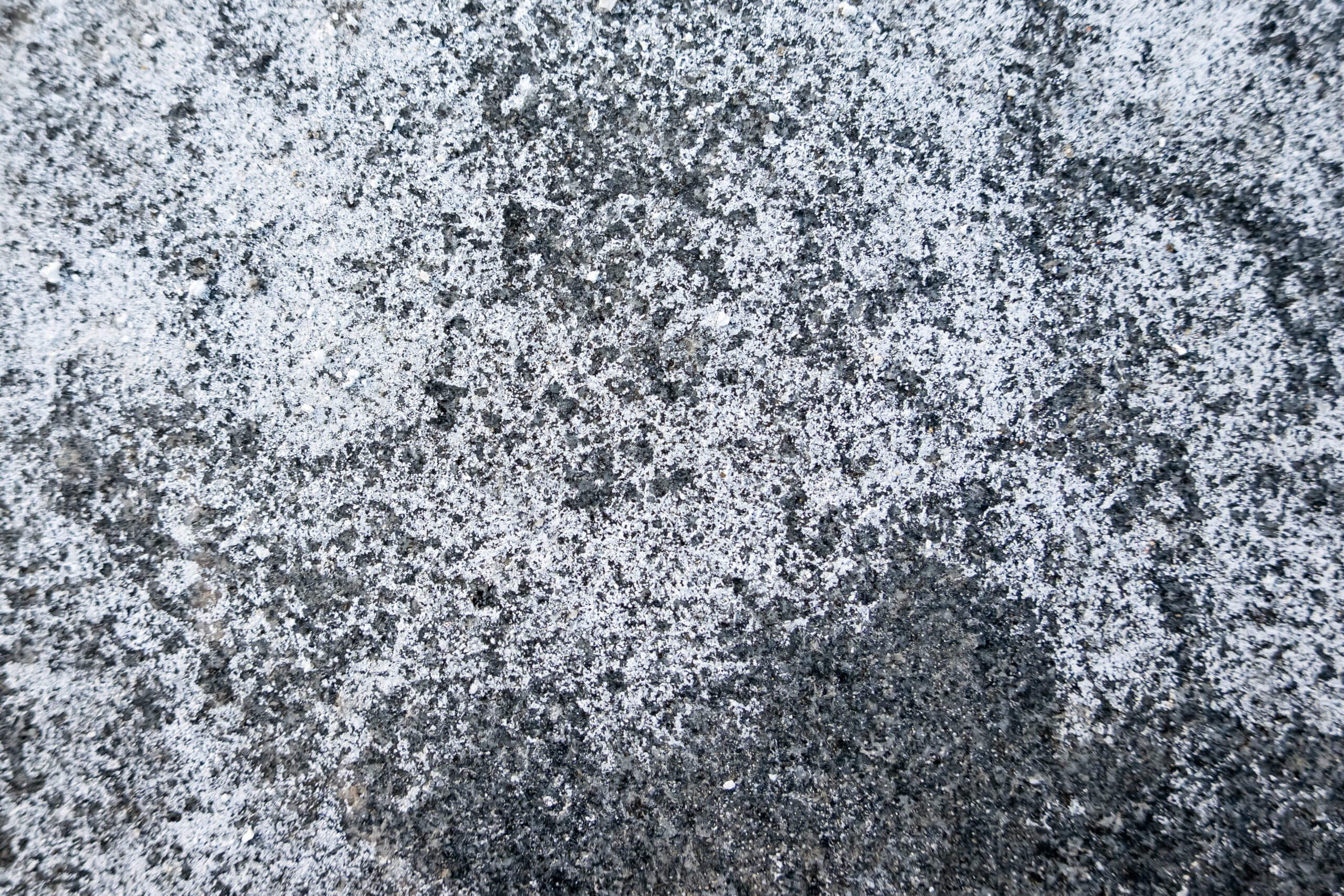
And Why It’s Important To Consider When Pouring
Did you know you can find some of the oldest concrete on Earth at the Roman Colosseum? For something to last that long, you’d figure there was some incredible secret to its creation, right?
As it turns out, the ancient Romans had better engineering know-how than we do today. Their concrete was more durable, less involved, and made of entirely different materials than modern Portland cement.
Today, you must know what temperature to pour concrete at when using it as a building material. Keep reading if you’re curious about the proper pouring concrete temperature and concrete maintenance.
Why Does Temperature Factor Into Pouring Concrete?
When you pour concrete, it undergoes a process called hydration. Hydration occurs when water and Portland cement undergoes a chemical reaction – the water and cement combine and solidify.
Hydration doesn’t happen if it’s too hot or cold. Improper concrete pouring temperatures mean the material won’t cure and harden.
When Is The Best Time To Pour Concrete?
The best time to pour concrete is when the weather is 10°C to 15°C (50°F to 60°F). Ontario has the right temperatures for about half the year, in spring and fall.
What’s The Issue With Pouring Concrete In Colder Weather?
You shouldn’t pour concrete in (extremely) cold temperatures. Trying to cure concrete in temperatures below 15°C takes longer than usual. Slowly cured concrete may shift out of place and endanger buildings or vehicles.
Best Practises For Working With Concrete In Winter
Keep these tips in mind if you have to pour concrete in cold temperatures. First, protect your sub-base from freezing. You can accomplish this with hay or insulated blankets.
Next, use a cold-weather concrete mix. Cold-weather mix is designed to help concrete set faster. Once you’ve poured your concrete, protect it with curing blankets, so it doesn’t freeze.
How Warm Temperatures Impact Concrete
If you attempt to pour concrete in temperatures higher than about 21°C, the water inside will evaporate. The evaporation will warm the concrete (which accelerates curing), and it will begin to warp during the curing process.
Best Practises For Working With Concrete In Summer
If you find yourself pouring concrete during the summer, choose the coolest time of day to start work. Make sure you have all your supplies ready.
The faster you mix and pour, the fewer issues you’ll face when it’s time for the concrete to start curing. You should also find a way to block the sun and wind from bombarding the concrete after pouring.
Too much direct sun may cause the hydration process to take place too quickly. High winds can dry the concrete and interfere with hydration. Regardless of what happens, the concrete won’t cure properly.
Damage Caused By Extreme Temperatures
In ideal weather conditions, concrete can set in as little as eight hours. The soonest you can walk on your concrete is after two to three days. Concrete becomes strong enough to use in about a week.
“Ok, when the weather is good, so is my concrete,” you might be thinking. And you would be right. Problems begin when the weather isn’t ideal.
Freezing temperatures can freeze and expand the water inside your concrete — which may cause it to break. Freeze-weakened concrete can’t support heavy objects and may crumble underneath.
Evaporation when it’s too hot will accelerate the curing process, causing shrinking and cracks. Weather that is too hot or cold will damage your concrete’s internal structure, making it unable to sustain heavy weight.
How To Repair Damaged Concrete
Concrete damage happens; sometimes you can’t avoid cracks in your driveway or patio. Luckily, we’ve got a few concrete care tips for you. If it’s a narrow crack, the first thing to do is clean the edges with a wire brush.
Next, fill the crack with concrete crack filler. Choose the kind that comes in caulking gun tubes to make application easier. Another option is a vinyl concrete patching compound.
You’ll need a putty knife to spread over the crack, but you can skip the latex bonding agent. You won’t need it for a vinyl concrete patch. Repairing larger cracks or holes requires a bit of elbow grease:
- Undercut the crack with a chisel and sledgehammer, this helps hold the concrete patch in place
- Clean the area with a wire brush or broom
- Use water to clear the debris away
- Mix a vinyl compound per the manufacturer’s instructions
- Apply to the crack with a trowel
- Smooth the mixture over with your trowel
- Sand the patch to match the surrounding concrete’s texture once dry
Consider having smaller bags of concrete on hand for less complex concrete maintenance work. Concrete doesn’t store very well, so larger leftover bags may be wasted at the end of a relatively small job.
How A Concrete Supplier Can Help
The best thing a concrete supplier can do is provide you with concrete for your work. For example, a reliable supplier can give you a cold-weather concrete mix if you work in cold weather.
You can rely on your supplier to provide ready mix and deliver it to pour on site. All you have to do is provide your specifications, and the supplier will give you the right concrete mixture for the job.
What Temperature To Pour Concrete At – The Takeaway
You’ll have trouble with many construction projects if you don’t know what temperature to pour concrete at. Proper pouring concrete temperatures hover around 10°C to 15°C.
Pour at temperatures too much higher or lower, and you end up with weak concrete. Repairing concrete damage like cracks is possible, but improperly poured concrete can warp and shift out of place.
The best thing you can do when pouring concrete is to do it right the first time. If you need a reliable concrete supplier, contact A.L. Blair today.
